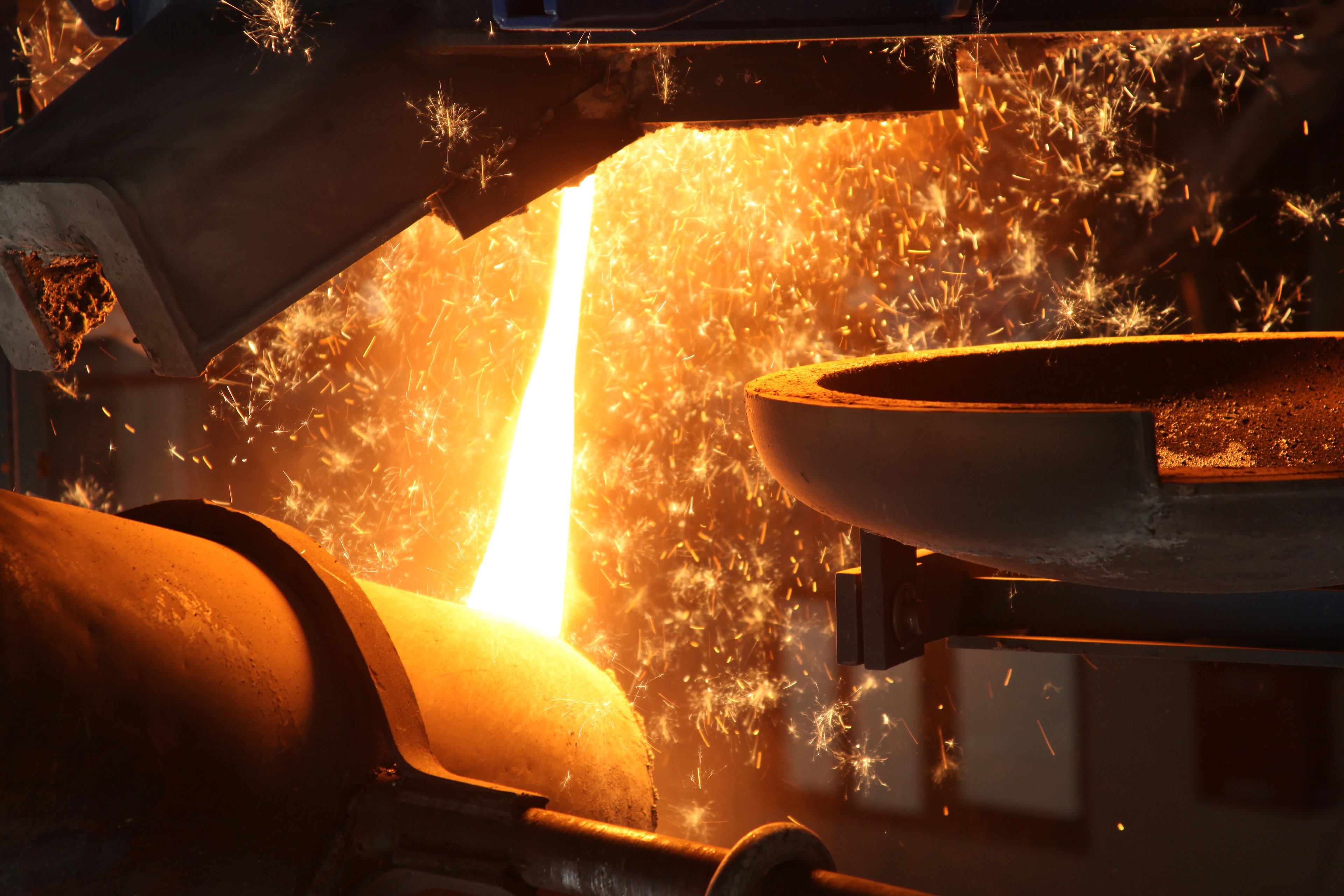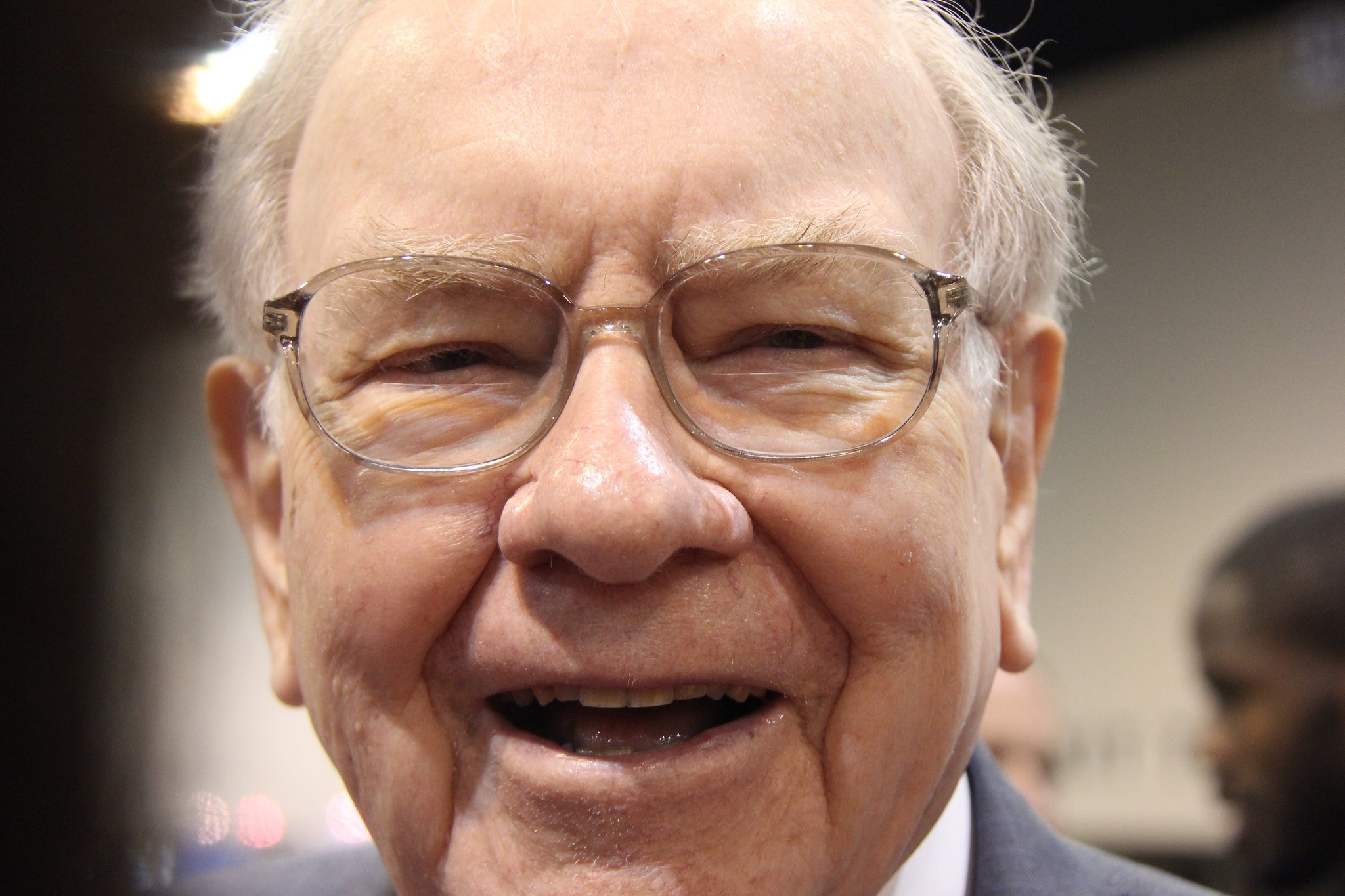What happened
Shares of U.S. steel giant Nucor (NUE 2.45%) rose 15% in June, according to data provided by S&P Global Market Intelligence. That, however, was the laggard performance within the domestic steel group. Steel Dynamics (STLD 1.68%), which like Nucor uses electric arc furnaces, saw its stock advance 20%. ArcelorMittal (MT 0.72%), a global player with material U.S. operations, rose 22%. United States Steel (X +0.00%) and AK Steel (AKS +0.00%) -- both focused on blast furnace production -- advanced the most, leaping 29% and 37%, respectively.

Image source: Getty Images.
That said, 2019 has been anything but a great year for the steelmakers. After an early run-up, the stocks started to cool at the end of the first quarter, finally turning around in June. The best performer of this group in the first half was Nucor, which was up 6%. That was well below the 17% gain for the S&P 500 Index. The worst performer was U.S. Steel, which was down 16%.
So what
Several factors are driving the steel group this year. The list notably includes renewed trade tensions with Mexico, the ongoing trade-war rhetoric with China, and shifts in steel prices and demand. There was news, sometimes notable, on all fronts.
Leading into June, one of the biggest concerns for steelmakers was Mexico. A threat of additional tariffs was hinged upon the country putting more effort into stemming the flow of immigrants moving through it. Mexico has become a major manufacturer of cars and other products that use steel, most of which are destined for the U.S. market, and these manufacturers are important customers for U.S. steelmakers. In early June, the two countries reached an agreement to avoid those tariffs.
The trade spat between the U.S. and China, meanwhile, has been on again/off again. While nothing material has changed between the two, an escalation of the current tariffs was avoided. That said, domestic steel manufacturers are benefiting from the tariffs on China, which appear to be helping to minimize the flow of low-priced imports. So maintaining the status quo is actually a net positive for the group.
Within the U.S. steel market, meanwhile, there has been notable demand pressure. That posed a headwind to steel prices and financial results. But on June 17, the major domestic mills started to pre-announce second-quarter results. Generally speaking, the news provided more relief than concern.
Nucor noted that earnings would be lower than originally forecast, but that end-market demand appears to be relatively strong. The big problem was "destocking" -- end users were eating into their inventory instead of buying new steel. Steel Dynamics came out the same day, saying basically the same thing. Although not great news, the outlook for the second quarter wasn't as bad as feared, and the broader group started to rally. Destocking can only go on for so long before customers need to start ordering steel again.
The positive response on Wall Street was helped along by U.S. Steel's pre-release the following day. Like the two electric-arc producers, it noted that second-quarter results would likely be weak. And while U.S. Steel didn't get into the reasons behind flagging demand (as did Nucor and Steel Dynamics), it perhaps did something even better: It announced plans to temporarily shut production at two of its blast furnaces. That decision should help to better align supply and demand, which ultimately supports pricing power for the steelmakers.
As if on cue, just a few days after U.S. Steel's announcement, Nucor said it was raising prices. Where Nucor goes, competitors often follow. That won't help the second quarter, but it does improve the outlook for the group. The stocks rallied across the board after the pre-announcements.
Now what
Steel is a notoriously cyclical industry, closely following economic ups and downs. The U.S. economic expansion is now among the longest in history, so there is notable concern about a downturn sooner rather than later. This is not a time for conservative investors to be investing in steelmakers. The news flow that moved the group higher in June could just as easily turn negative and lead to falling prices again. Most investors should probably avoid the group for now. A full-on recession will provide a better buying opportunity among the industry's top players, notably Nucor and Steel Dynamics. The best bet is probably putting these names on your watch list for now.










